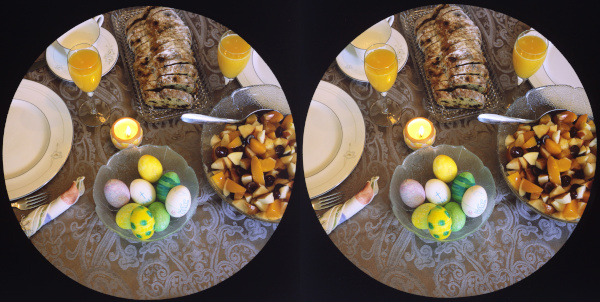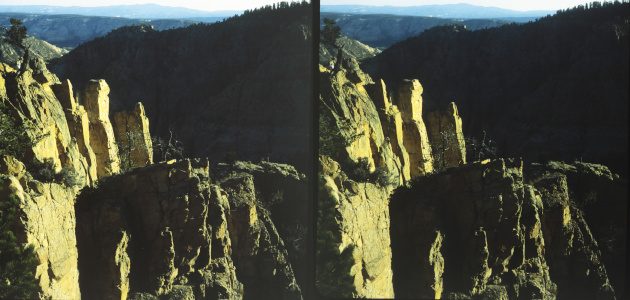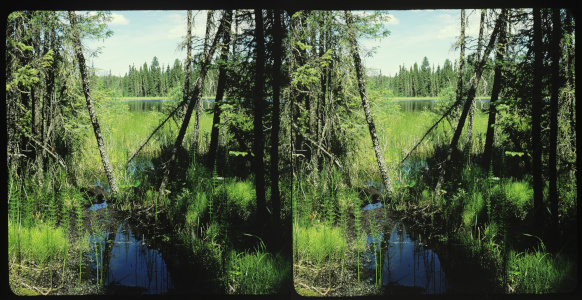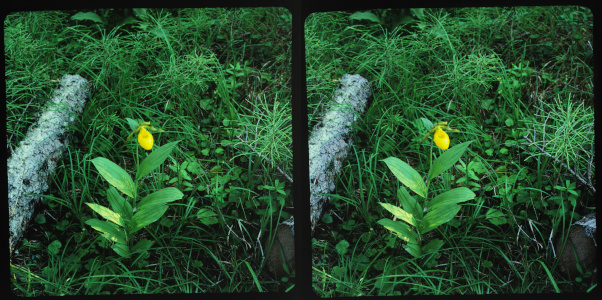Temple Mount is a very important site for Muslims, Jews, and Christians. It is a beautiful courtyard in East Jerusalem and is defined to be one of the holiest sites in the world. The al-Asqa Mosque is a sight to see, and since it was a beautiful day when I was there, I went nuts trying to capture it’s beauty shooting from all angles. This shot was one of my favorites of what I captured. The walled arch in the picture is called the scales of judgement, believed to be the place where people would be judged before entering the gates of heaven. Note the sundial on the arch. Israel is filled with religious history and a must see for anyone interested in the subject. Shot with my Sputnik, on Fuji Provia 100f. 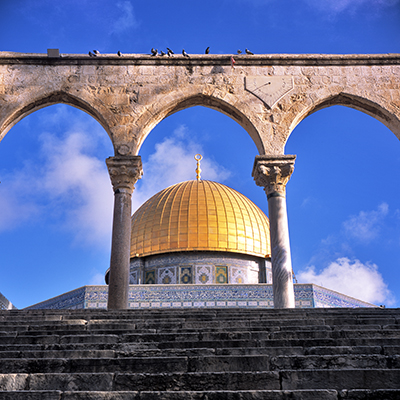
Category Archives: d24
Cormorant Fisherman, Guilin, Guangxi Province, China 2018
In a gorgeous area of China, on the Li River in Guilin, there is an old form of river fishing. The fishermen use cormorant birds to catch fish. The way it works, is that the fishermen would raise the birds from chicks and the birds would then trust the fishermen. Once old enough, the birds would start fishing by instinct by diving to get the river fish. The birds would dive into the river, and come up with the fish in their mouth, which would be snatched from them by the fishermen. The birds would eventually be rewarded, albeit with smaller fish. This practice of fishing is actually not really used much anymore, and has become more of a novelty for tourists, like myself. I wanted to get an iconic image of the fisherman while I was there, but unfortunately the opportunity did not present itself. However, an easy going fisherman let me do a snapshot of him while we were walking down the riverbank. Shot on my Sputnik, with Fuji Provia 100f.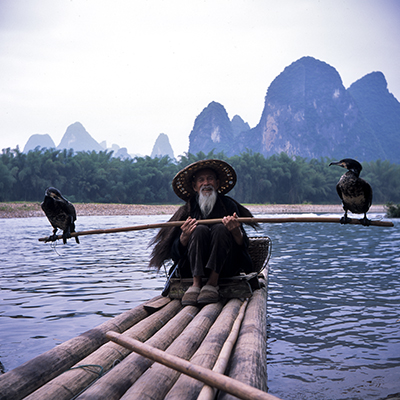
Kathmandu Durbar Square, Kathmandu, Nepal 2016
Kathmandu Durbar Square is an incredible area of Kathmandu, filled with old temples originally built and rebuilt from around the third century. We arrived one year after a major earthquake damaged many buildings in this square. It still held up it’s integrity and prestige even after most of the damage. Sadly some of the temples were reduced to rubble and were only recognizable by placards set up by the tourist government. Due to the damage to Nepal and to it’s infrastructure, there seemed to be less tourists than we had anticipated while we were there, and allowed us to explore most areas in less crowded situations. This shot was taken in the early morning, while locals were out feeding the pigeons. Shot on my Sputnik, on Provia 100f film.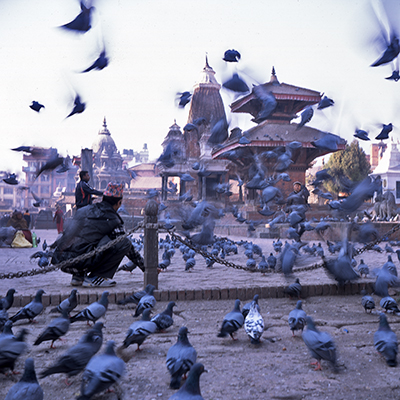
Cusco Cathedral, Cusco, Peru 2017
Cusco is a fascinating town in Peru located near Machu Picchu, and is often where travelers acclimate to the high altitudes before heading off to the famous ruins. There are many old buildings built by the conquistadors, often using stones originally cut out by the Incan, scattered throughout the town. One of the more ornate and beautiful buildings is the Cathedral Basilica of the Assumption of the Virgin, or Cusco Cathedral for short. While we were out walking one evening, I wanted to stop and get an interesting shot of the church lit up. While walking up the steps to the church, I noticed that there were two Quechuan women sitting on the steps. This was taken on my Sputnik, when it was still working properly, on Fuji Provia 100f.
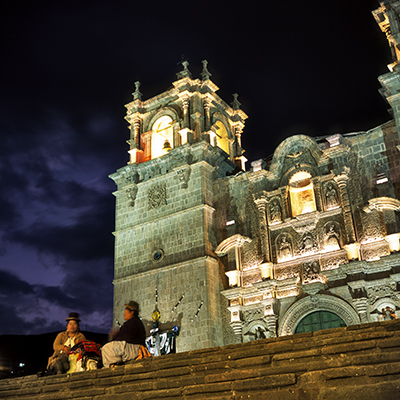
Emerald City Angels – 2016
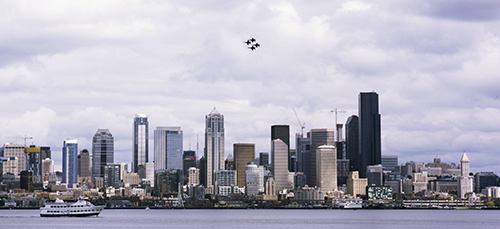
Hyper view of downtown Seattle from Alki, with the Blue Angels overhead
I must have been trying to squeeze out some extra sharpness by setting a hyperlocal distance instead of just CRANKING the lenses to infinity. Lesson learned.
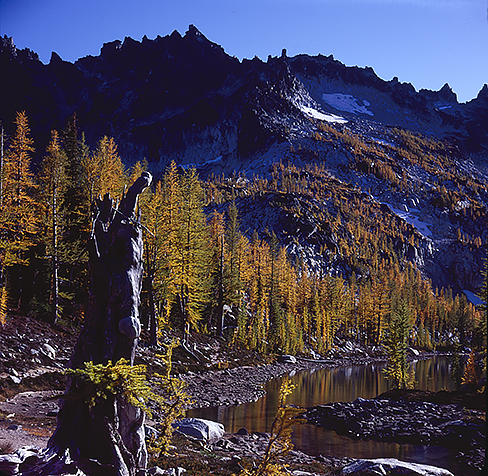
Alpine Lakes Wilderness, Fall 2006
Moshe Cohen
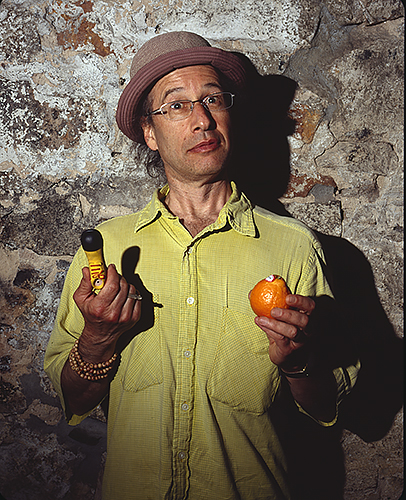
Clown Moshe Cohen at the memorial service for Bruce (U. Utah) Phillips
F32 and BEES There #2
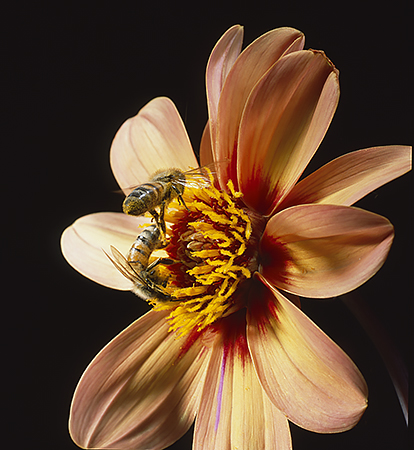
F32 and BEES There #2
Boris in one of his comments on Folio A asked for more detail on the Macrobox, which is given here:
The Macrobox is based on a contraption I purchased years ago from John Hart of Colorado. It was designed to hold 2 cameras at 90 degrees to each other, and both cameras were aimed at a 50/50 mirror (aka a beamsplitter) which is at a 45 degree angle. One camera shoots THROUGH the mirror, while the other shoots at the reflection.
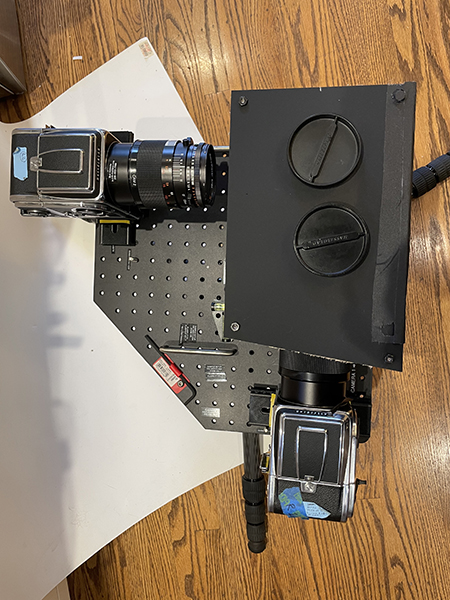
Overhead view of the Macrobox
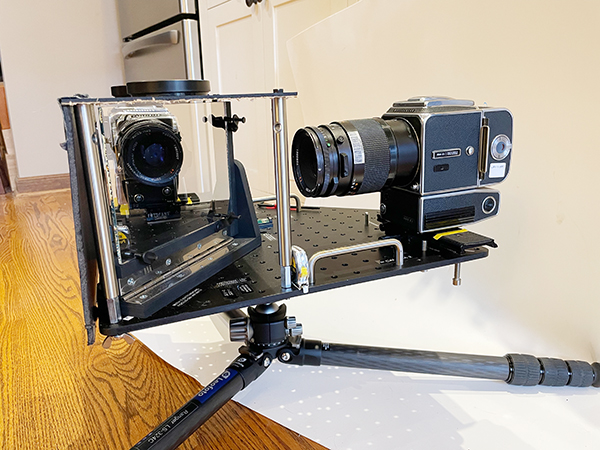
Side view of the Macrobox
In the sideview picture you can see the beamsplitter on the left side of the rig. If you look carefully at the mirror, you can see both cameras.
The cameras are individually mounted on sliders so they can be slid into position. Additionally, the Macrobox is normally mounted on a heavy-duty Velbon macro slider, to help with making fine adjustments to the positioning.
Ian Andvaag’s D24 submission
For this round, I set aside fifteen or so slides and asked a few people to suggest which four I should submit. There wasn’t perfect agreement, but I think these four came out on top.
I was inspired by Paul Gillis’ D22 submission “Drill, Grind & Dry” to try some more still life in MF3D, as I think it has been somewhat underrepresented in the folio. This view of the breakfast table at Easter was taken from a pretty unconventional perspective, but I wanted to limit the far point so I wouldn’t record too much on-film deviation. I had hoped to mount the image with the orange juice protruding through the window, but I was thwarted by the fruit bowl being closer to the camera. Oh well, the window isn’t so important in MF3D anyway.
In 2018, some friends and I went on a road trip to Utah — it’s about the closest place that you can get decently warm weather in April. We did a lot of hiking, and I wanted to keep weight down so I brought my Sputnik rather than my TL120. I also didn’t bring a light meter, so this one turned out a bit darker than I’d hoped.
My last two submissions this round are from one of Saskatchewan’s National Parks, called Prince Albert National Park. It is better known as Waskesiu, which is the name of the lake where the town-site and cabins are located. This slide was taken on a 7 km trail quite near to the town-site.
Our campground at Waskesiu had several bright yellow lady’s slippers in bloom. The weather was punishingly hot, and so we spent a fair bit more time in our campsite rather than hiking. I challenged myself to shoot a full roll on the lady’s slippers. A question to all the close-up aficionados — how do you get enough depth of field to get everything sharp in medium format? I believe that I am well under MAOFD with this slide, but I can’t get everything sharp at f/22 unless I use a conventional depth range of 3-4 meters to infinity. Should I try to shoot with the camera pointed straight down to limit the distance of the background? When indoors, a wall can be used to limit the depth, but often I find it challenging to come up with a pleasing composition outdoors which has a limited depth range.
